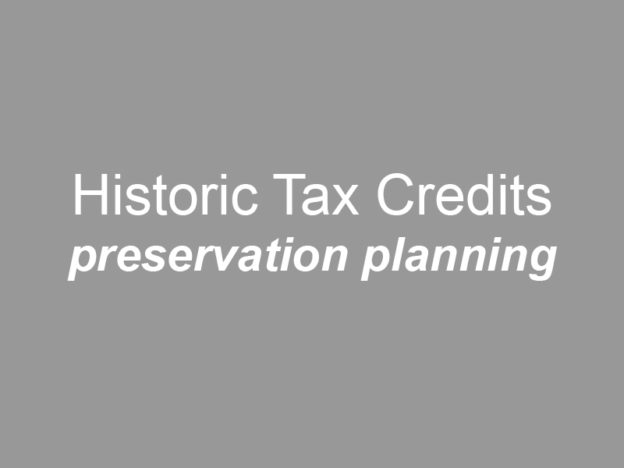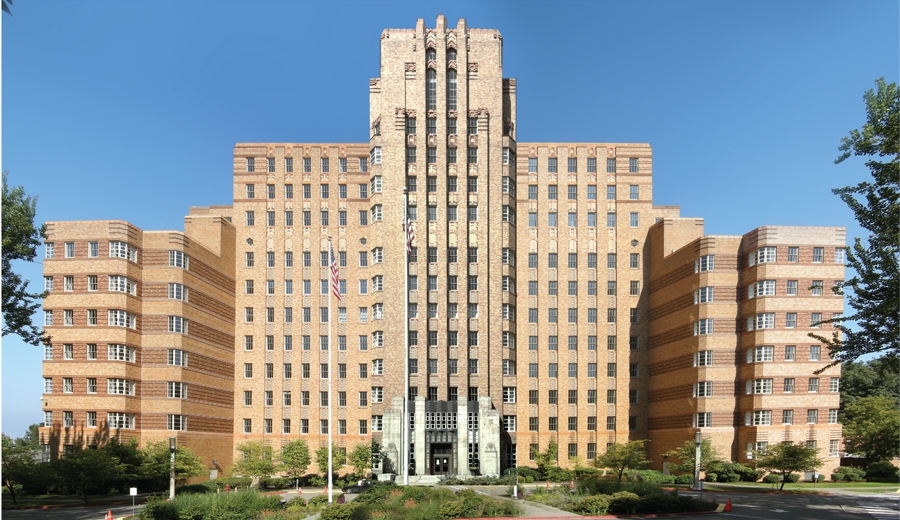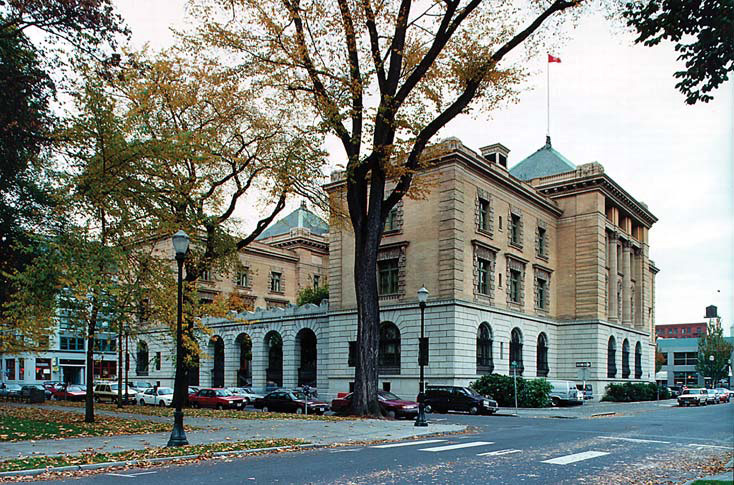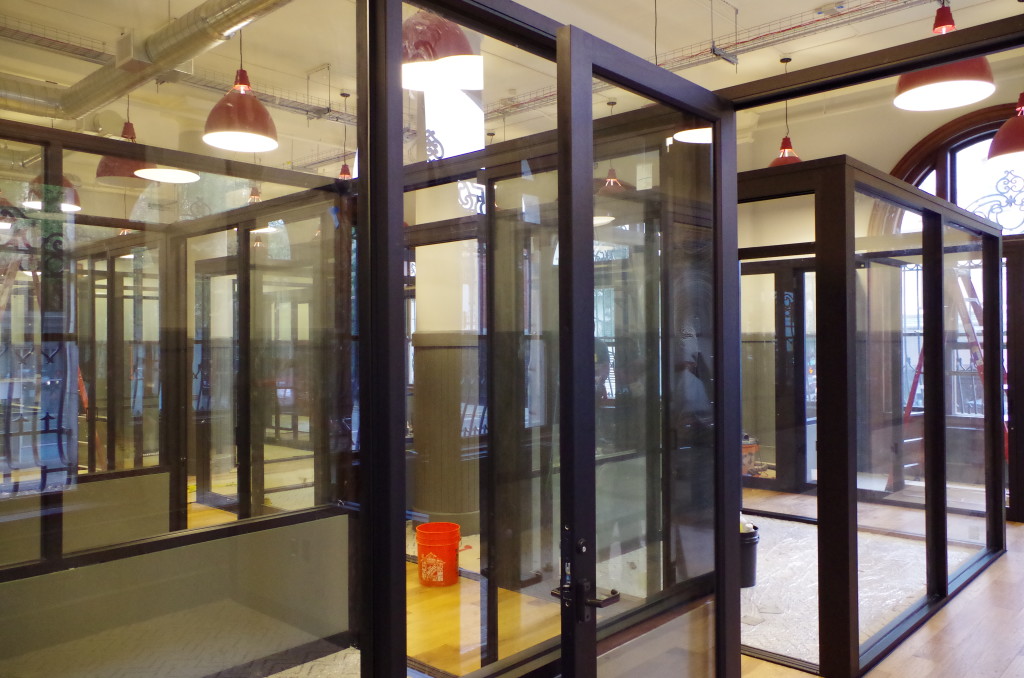Fountain Place Apartments
Portland, Oregon
U.S. Custom House Renovation
Portland, Oregon
Pacific Tower Rehabilitation and Building Assessment
Seattle, Washington
Admiral Apartments
Portland, Oregon



Fountain Place Apartments
Portland, Oregon
U.S. Custom House Renovation
Portland, Oregon
Pacific Tower Rehabilitation and Building Assessment
Seattle, Washington
Admiral Apartments
Portland, Oregon
Historic Tax Credits were founded in partnership with the National Park Service (NPS) and the Internal Revenue Service (IRS) in 1986. As one of a number of incentives to help owners preserve historic properties, Historic Tax Credits have since become the premier financial incentive towards the rehabilitation of income-producing historic properties. Historic Tax Credits can be used for older, non-historic properties as well, so long as they are income-producing, at a lower credit amount. An owner can receive a 20% rehabilitation tax credit for the amount spent on the qualifying rehabilitation of a National Register-listed property, or 10% tax credit for the amount spent on the qualifying rehabilitation of an older property with no historic status.
There is a minimum threshold of rehabilitation investment that must be met in order to qualify. Rehabilitation project costs must be equal to the Real Market Value (as assessed by the local tax authority) minus the value of the land or $5000, whichever is greater. Rehabilitation Tax Credits for tax-exempt historic properties are possible provided that the investment partner using the tax credits is a for profit, tax paying entity. Typically, separate Limited Liability Corporations are established through which rehabilitation funding flows to the project.
 20% Rehabilitation Tax Credit
20% Rehabilitation Tax Credit
The most common use of historic tax credits is the 20% Rehabilitation Tax Credit. To qualify for the 20% historic tax credit a property must be listed on the National Register of Historic Places either individually or as a contributing resource within a historic district. Properties must be a building as defined by Treasury Regulation 1.48-1(e), income producing, and undergo a certified rehabilitation process, which is evaluated by the NPS and the State Historic Preservation Office (SHPO). This process includes the completion of a three part application: Part 1-Evauation of Significance (not typically necessary if the building is already on the National Register); Part 2-Description of Rehabilitation; and Part 3-Request for Certification of Completed Work. Once completed and approved by the NPS the 20% tax credit can be claimed for the tax year in which the property was certified by the NPS. Tax credits can be taken in phases as well, as long as each phase meets certain conditions.
10% Rehabilitation Tax Credit
To qualify for the 10% rehabilitation tax credit a property must have been built before 1936. Properties eligible for the 10% tax credit must be buildings, income producing, non-residential, and remain on the original site. Historic properties that have been relocated do not qualify. Other conditions include the retention of at least 50% of the external walls, at least 75% of internal and external walls, and at least 75% of the internal framework. Unlike the application process for the 20% Historic Tax Credit, there is no formal review process or certification. However, the tax credits are redeemed the same way. Buildings listed individually or contributing resources within a Historic District on the National Register of Historic Places are not eligible for the 10% tax credit.
Current Trends
The staff at PMA have years of experience navigating the Historic Tax Credit application, placing properties on the National Register of Historic Places, and working with the State Historic Preservation Office and the National Park Service to assure the rehabilitation project qualifies and receives historic tax credits.

From initial application of Part I through final certification of Part III, 180 days or more can elapse. Current development practices and financial investment processes place pressure on the development schedule to initiate rehabilitation prior to final approval by the National Park Service. Early construction places the tax credit under risk and final approval can be withheld pending review of all rehabilitation impacts. Market demand for open space with exposed mechanical, electrical, and plumbing systems is creating a trend in rehabilitation of historic properties to expose these functional systems.
PMA’s experience in working with the market demand and reaction to the trend by SHPO and NPS, can provide owners with advice on where reviewers will be more stringent. PMA has worked with NPS when a Condition of Approval was placed on the submitted Part 2 Description of Rehabilitation requesting alteration of completed ceiling conditions throughout the building in occupied space. Although the owner did know that construction prior to approval was a risk, they also needed to have some spaces complete in order to retain certain tenants and meet the financial loan terms. PMA sought a compromise with NPS retaining completed ceilings, but altering the design intent and finish in those spaces not yet complete in order to meet the new Condition of Approval.

Similarly, PMA has noted in the Part II application process an acceptance of exposed fire sprinkler lines and exposed conduits but resistance to exposed ductwork and exposed cable trays. Whereas it could be argued that exposed mechanical and wiring systems are akin to exposed electrical systems in that the exposed work does not have a long-term impact on the historic walls, floors, and ceilings, the combined affect changes the subjective visual impact from NPS perspective.
Each of the above trends requires diligent documentation and on-going discussion during the construction process, which, in itself, can be very fluid and entail rapid changes. The tax credit consultant must be skilled in communication and work with both the development team and tax credit reviewers.
PMA Technical Assistance
PMA is proud to undertake historic tax credit commissions as these projects have been a great way for our office to combine our specializations in architecture and preservation. Over the last five years, PMA has completed numerous Historic Tax Credit applications throughout Oregon and Washington. Overall, Historic Tax Credits have proven to be vital to the financial proforma and successful investment strategy to preserve and rehabilitate historic properties.

Written by Peter Meijer AIA, NCARB, Principal / Kristen Minor, Preservation Planner / Brandon Grilc, Preservation Specialist